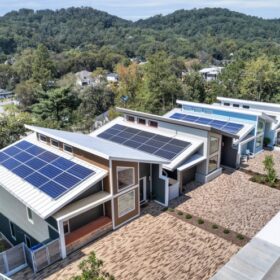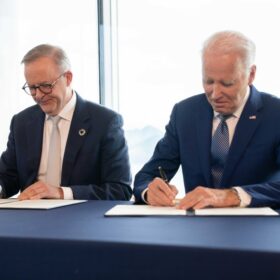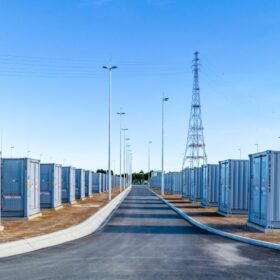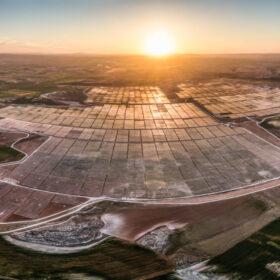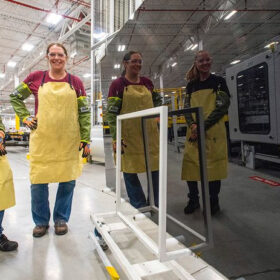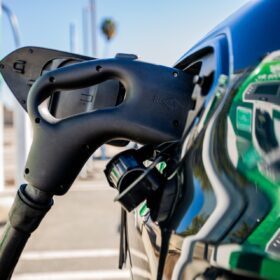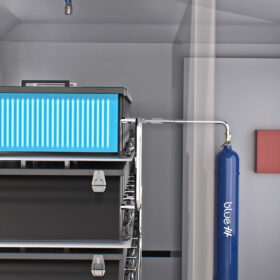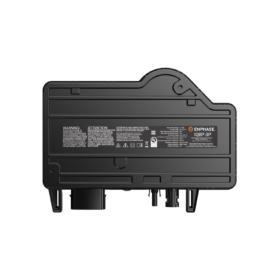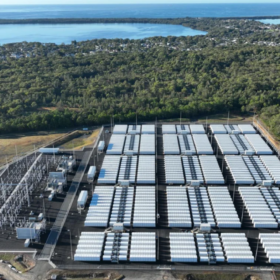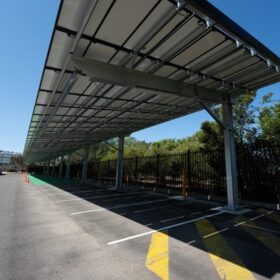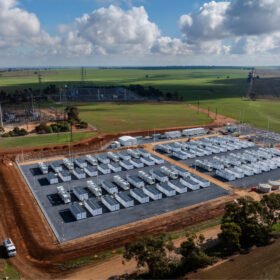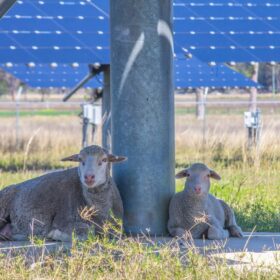Hail damage accounts for about half of all solar facility loss claims, says GCube
GCube Insurance says that hail damage accounts for less than 2% of filed claims but constitutes more than 50% of total costs for solar facility loss claims.
What drives solar adoption not equal across income levels
Lawrence Berkeley researchers studied how solar buying decisions are influenced across varying income levels and offer rationale for policy changes and incentives to spur adoption among low- to middle-income households.
Australian lithium, critical minerals, with Chinese ties unlikely to cash in on US IRA subsidies
A number of Australian critical minerals, including lithium, miners and refiners will likely be ineligible for IRA subsidies after the US government published its draft rules forbidding access to enterprises with over a 25% stake held by Chinese companies or “cumulatively” by Chinese investors.
AGL to put nickel-hydrogen battery tech to test at Torrens Island
Australian energy giant AGL will install a nickel-hydrogen battery at its Torrens Island power station site in South Australia as it seeks to explore the potential opportunities that the technology can provide for stationary energy storage applications.
BP to take full control of Lightsource BP
Energy giant BP announced today it would take full ownership of solar and wind energy developer Lightsource BP once a deal – pertaining to the purchase of the remaining renewables company’s shares BP does not own – goes through next year.
Weekend read: the fruitful search for other thin films
First Solar and its cadmium telluride (CdTe) technology dominate thin-film solar in the mainstream market. Valerie Thompson looks at the US-based business and the future of thin-film PV technology.
Tritium scrabbles for finance, courts investors and bans media from AGM
Brisbane-based electric vehicle charging company Tritium has been involved in a whirlwind of activity this week as it fends off being thrown off Nasdaq, sets about closing its manufacturing in Brisbane and courts new investors. Tritium has pioneered standards in fast charging not only for electric cars but also solutions for trucks and speciality vehicles. Chargers from Tritium went into operation today for container tractors at the Port of Long Beach, California.
Renewables helping China to halve power prices compared to Australia, Europe
Wood Mackenzie says in a new report that China could install 230 GW of PV and wind capacity and export more than 200 GW of solar panels in 2023. Unlike Europe and United States, the country is avoiding the high curtailment of PV and wind.
New solution to suppress battery storage fire, thermal runaway unveiled by Fike
Fike Corp., a US industrial-hazard protection specialist, has launched Fike Blue, a tested, patented solution that suppresses battery fires and stops cascading thermal runaway.
Enphase introduces commercial-scale microinverter
Enphase’s new IQ8-3P solar microinverter offers peak power output of up to 480 W.

